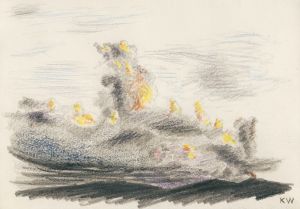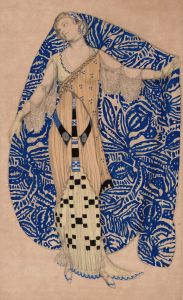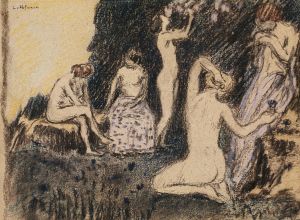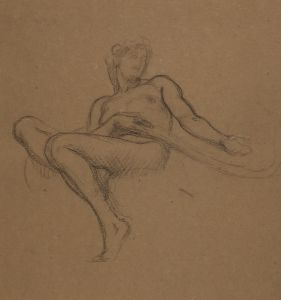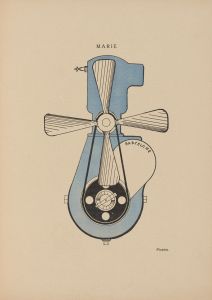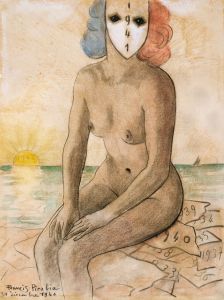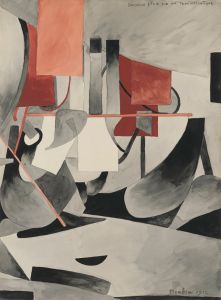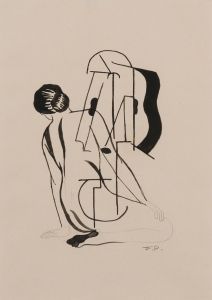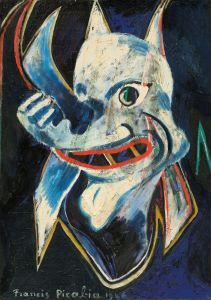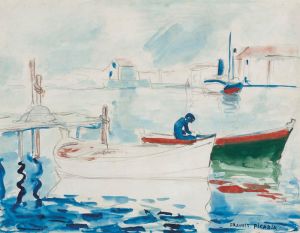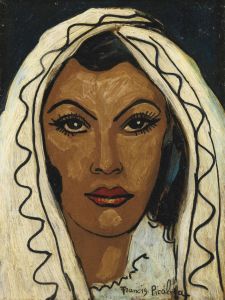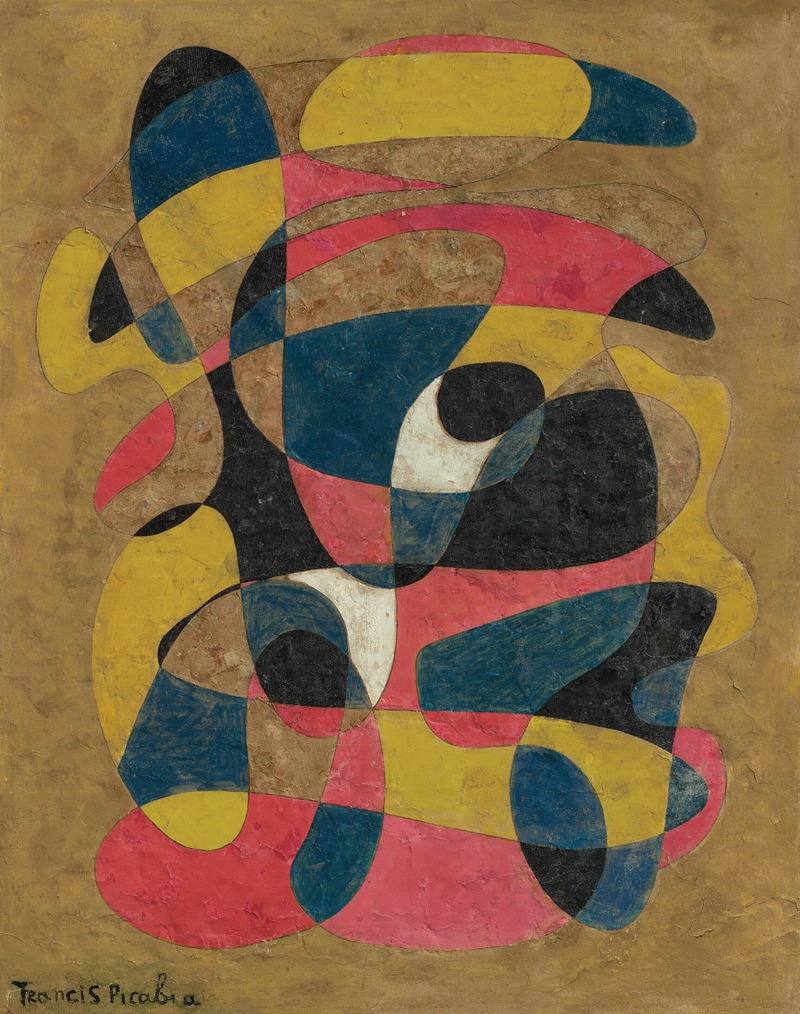
Composition
A hand-painted replica of Francis Picabia’s masterpiece Composition, meticulously crafted by professional artists to capture the true essence of the original. Each piece is created with museum-quality canvas and rare mineral pigments, carefully painted by experienced artists with delicate brushstrokes and rich, layered colors to perfectly recreate the texture of the original artwork. Unlike machine-printed reproductions, this hand-painted version brings the painting to life, infused with the artist’s emotions and skill in every stroke. Whether for personal collection or home decoration, it instantly elevates the artistic atmosphere of any space.
Francis Picabia was a French avant-garde painter, poet, and typographist, associated with a variety of artistic movements including Impressionism, Cubism, Dada, and Surrealism. His work is characterized by its diversity and his ability to adapt to different styles and movements throughout his career. One of his notable works is "Composition," which reflects his innovative approach to art and his involvement in the avant-garde scene.
"Composition" by Francis Picabia is a painting that exemplifies his transition from Impressionism to more abstract forms of art. Picabia's early works were heavily influenced by Impressionism, but as he became more involved with the avant-garde community, his style evolved significantly. By the time he created "Composition," Picabia had already been exposed to Cubism and was beginning to explore more abstract and conceptual forms of art.
The painting "Composition" is often associated with Picabia's Dada period, a movement that he was deeply involved with during the early 20th century. Dada was characterized by its anti-establishment ethos and its challenge to traditional notions of art. Picabia, along with other Dada artists, sought to break away from conventional artistic techniques and embraced a more spontaneous and experimental approach. "Composition" reflects this ethos through its abstract forms and unconventional use of color and structure.
Picabia's "Composition" is notable for its use of geometric shapes and a limited color palette, which are hallmarks of his work during this period. The painting does not adhere to a single perspective or focal point, which was a deliberate choice by Picabia to challenge the viewer's perception and to encourage a more active engagement with the artwork. This approach was in line with the Dada movement's goal of provoking thought and questioning the status quo.
The painting also reflects Picabia's interest in the intersection of art and technology, a theme that recurs throughout his work. During the early 20th century, technological advancements were rapidly changing society, and artists like Picabia were fascinated by the potential of machines and industrial processes. "Composition" can be seen as a visual exploration of these themes, with its mechanical forms and dynamic composition suggesting movement and energy.
Francis Picabia's contribution to modern art is significant, and "Composition" is an example of his ability to innovate and adapt to new artistic movements. His work continues to be studied and appreciated for its boldness and its challenge to traditional artistic conventions. Picabia's legacy is that of an artist who was unafraid to experiment and push boundaries, making him a key figure in the development of 20th-century art.
Overall, "Composition" by Francis Picabia is a testament to his role as a pioneer of modern art, reflecting his involvement with the Dada movement and his interest in abstraction and the impact of technology on art. The painting remains an important piece in understanding the evolution of Picabia's artistic style and his contribution to the broader avant-garde movement.





